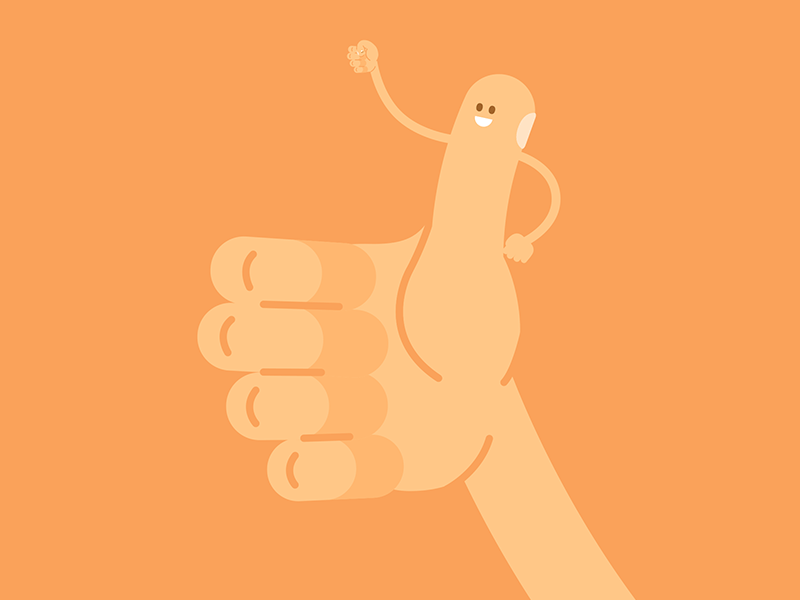
You can probably do what you want with this content see the permissions page for details.The thumbs up signal is one of the simplest things a person can do and it usually means approval. Sparky House Publishing, Baltimore, Maryland. This page was last revised December 8, 2011. Journal of Bone and Joint Surgery 31: 547-559.

Variation in extension of the metacarpo-phalangeal and interphalangeal joints of the thumb. An evaluation of some anthropological traits used in paternity tests. You should not use hitchhiker's thumb to demonstrate basic genetics. Instead, the thumb angle varies continuously, with most thumbs having intermediate values. While there is a genetic influence on thumb angle, thumbs do not divide into two categories, hitchhiker's and non-hitchhiker's. The three S offspring of H x H parents are inconsistent with a two-allele model in which the allele for S is dominant. If the myth were true, two parents with hitchhiker's thumb could not have a child with a straight thumb. The only other family study on hitchhiker's thumb that I am aware of is Beckman et al. Glass and Kistler (1953) were too polite to mention incorrect paternity as another possible explanation. The single individual who didn't fit this model (the S offspring of two H parents) was explained as an example of incomplete penetrance, meaning that other genes or non-genetic factors also influence the trait. They concluded that thumb type was a simple Mendelian trait, with the allele for S dominant. Glass and Kistler (1953), having decided that anyone with one or both thumbs having an angle equal to or greater than 50 degrees had the hitchhiker's thumb trait, collected the following family data: Parents As you can see, there's a range of thumb angles, from straight to nearly 90 degrees, with no clear division between hitchhiker and non-hitchhiker thumbs. I searched the internet for pictures of thumbs (it was easy, because lots of people give the thumbs-up sign when they get their picture taken) and arranged them from straightest to most bent. Glass and Kistler (1953) had different people measure the thumbs, and the repeated measurements often differed by several degrees, which would mean that many people would be considered to have a hitchhiker's thumb by one observer but not by a different observer.


They noted that many individuals would then have one hitchhiker's thumb and one straight thumb they classified these individuals as having the hitchhiker's thumb trait. Glass and Kistler (1953) arbitrarily called all thumbs with an angle equal to or greater than 50 degrees "hitchhiker's thumbs." They gave no explanation for why they picked 50 degrees as the dividing point. Data for right thumbs for males and females combined (Glass and Kistler 1953). Glass and Kistler (1953) did a similar study, except they used a protractor held against the outside of the thumb to measure the thumb angle, and obtained the following results:ĭistribution of thumb angles. Data for right thumbs for males and females combined (Harris and Joseph 1949). They found a continuous distribution, with most individuals having intermediate values, not the two distinct kinds of thumbs described in the myth:ĭistribution of thumb angles. Harris and Joseph (1949) measured the angle between the first and second phalanges of the thumb on X-rays of 294 individuals.


 0 kommentar(er)
0 kommentar(er)
